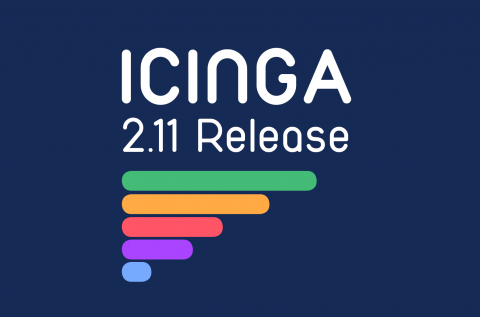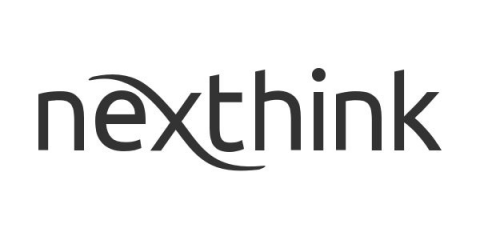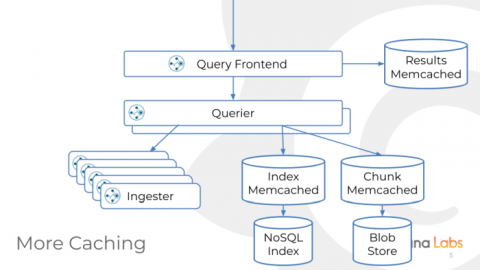What is NetFlow? The Complete Guide to NetFlow Monitoring
The increasing complexity of IT Infrastructure demands extensive network visibility and security. For those who have been working in networking for a while, NetFlow is not a new technology. Cisco created the network protocol “NetFlow” many years ago, which became the primary norm for collecting IP traffic information. NetFlow soon found its place within network management by providing valuable data of network performance and traffic analytics.











